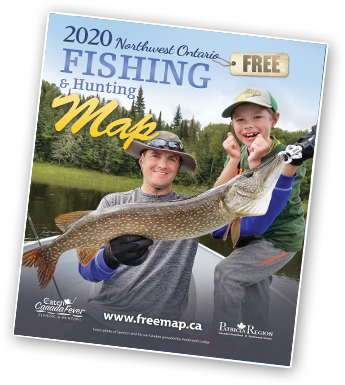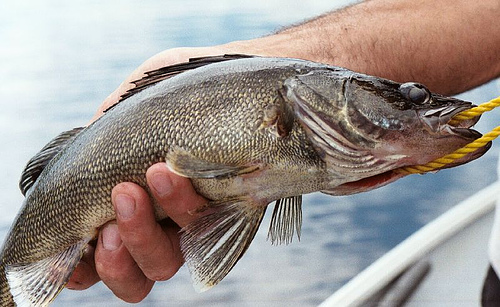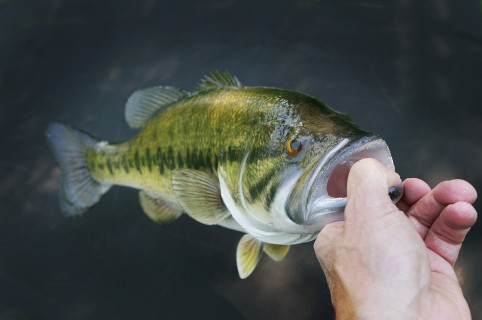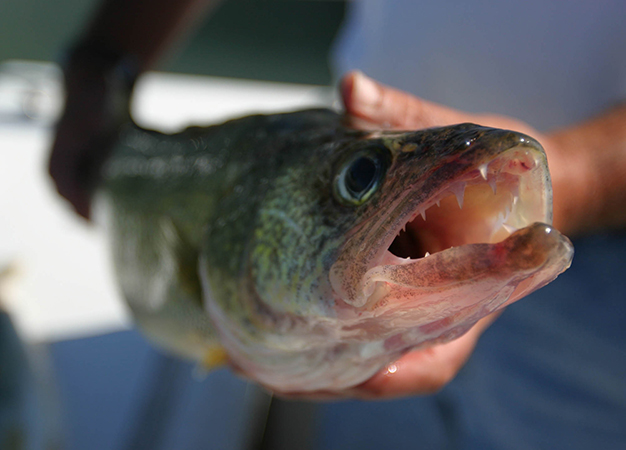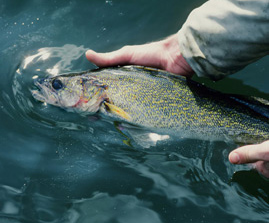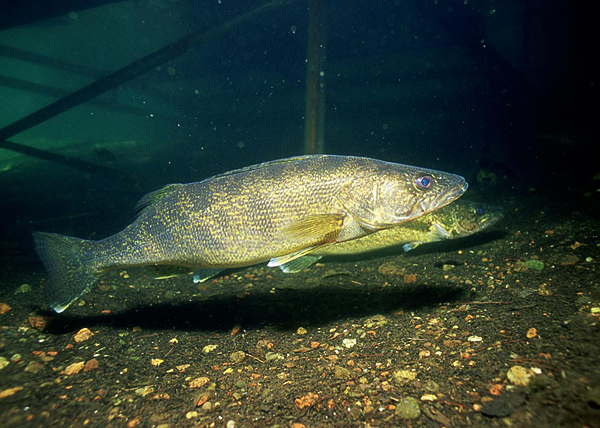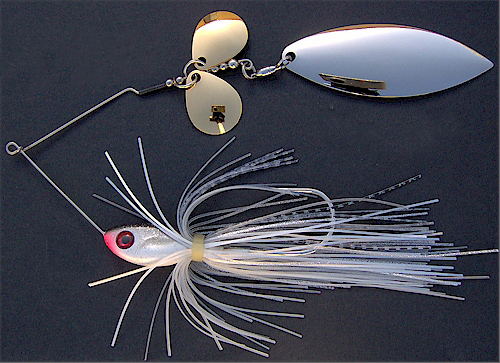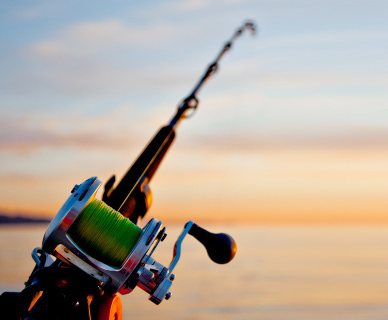Researchers studying a unique, blueish-coloured strain of walleye say this unusual fish appears to be increasing in number in Canada and the Northern US.
“We’re finding it in Canadian river systems where it was not present a decade ago, and receiving more reports from the northern US”, says Dr. Wayne Schaefer, professor of biological sciences at the University of Wisconsin-Washington Country.
 Not to be confused with an Esox Lucius (Silver Pike) located in Little Vermilion Lake, which has been declared extinct since 1983, the blue walleye is just a variation of the standard walleye (Sander Vitreus glaucus).
Not to be confused with an Esox Lucius (Silver Pike) located in Little Vermilion Lake, which has been declared extinct since 1983, the blue walleye is just a variation of the standard walleye (Sander Vitreus glaucus).
The blue walleye is characterized by blue shading located mainly on the upper body, most noticeably on the dorsal fins and top part of the tail.
Blue walleye retain this colour due to a lack of yellow skin pigment and a blueish protein in the mucus coating on its skin.
This protein dubbed “sandercyanin,””sander” coming from the genus of the walleye and “cyanin” being the greek word for blue, does not affect the the health or taste of the fish.
Although it is unknown what exactly the sandercyanin is for, most researchers seem to believe it may aid in protecting the walleye from ultraviolet (UV) radiation from the sun.
Sandercyanin contains a byproduct of red blood cells hemo globin known as, biliverdin. Hemoglobin generally breaks down into biliverdin from exposure to UV radiation.
Due to the fact that biliverdin acts as a sunscreen of sorts in some animals, ironically, it is believed that blue walleyes could be protecting themselves by excreting excess amounts of the very substance caused by its radiation.
Sandercyanin is generally at it’s highest concentration in blue walleye during summer months when the sun is out the most. It is also only located on the walleye’s dorsal fins.
It is believed that a decrease in the zone layer is responsible for the increase in the number of blue walleye.
While generic yellow walleye can also secrete sander cyanin, it is generally only visible on albino walleye.
Researchers plan to further study the effects of Sandercyanin and its relation to UV radiation.


